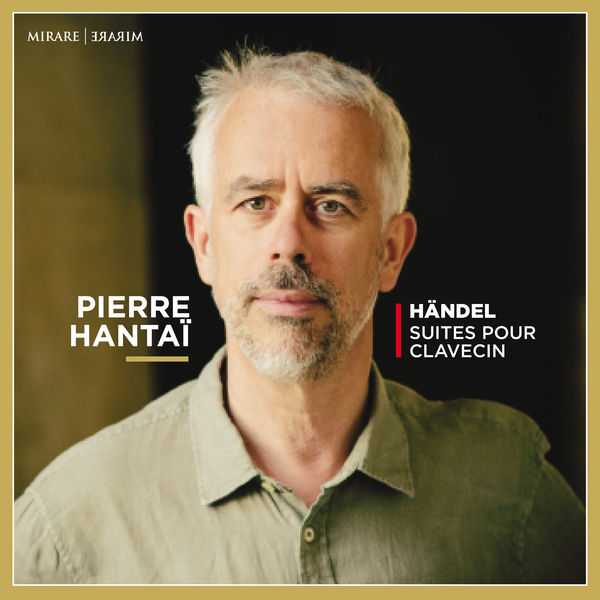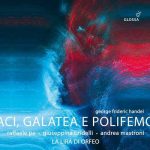

Composer: George Frideric Handel
Performer: Pierre Hantaï
Format: FLAC (tracks)
Label: Mirare
Catalogue: MIR480
Release: 2020
Size: 1.37 GB
Recovery: +3%
Scan: yes
Suite in A Major, HWV 426
01. I. Prélude
02. II. Allemande
03. III. Courante
04. IV. Gigue
Keyboard Suite, HWV 427 in F major
05. I. Adagio
06. II. Allegro
07. III. Adagio II
08. IV. Allegro (Fugue)
Suite in D Minor, HWV 428
09. I. Präludium. Allegro (Fugue)
10. II. Allemande
11. III. Courante
12. IV. Air & 5 variations
13. V. Presto
14. Fugue in C minor, HWV610
Suite in E Minor, HWV 429
15. I. Allegro (Fugue)
16. II. Allemande
17. III. Courante
18. IV. Sarabande
19. V. Gigue
A European bestseller in their time, Händel’s 1720 suites are far from having regained, in concert and on disc, the eminent place they once held. Does the fault lie with the anathema pronounced by the ‘pope’ Gustav Leonhardt, who always openly shunned Händel? With the man himself, a startling virtuoso, but keener to compose for the opera? With recordings that are often pleasant but rarely showcase the strongest personalities of their generation?
Three decades after the exceptional Scott Ross, Pierre Hantaï in his turn is determined to rehabilitate Händel the harpsichord composer.
The new album from Pierre Hantaï, who is momentarily moving away from his dear Scarlatti, is a veritable gem! The French harpsichordist opens this masterful recital recorded in January 2020 in Haarlem (Netherlands) by Nicolas Bartholomée’s team and dedicated to four suites by Georg Friedrich Haendel through one of the least known, HWV 426, the first issue of Book I of 1720. Immediately, his fingers immerse this eclectic, cosmopolitan world, where neighbouring Italy and France collide seamlessly, in a resplendent sunshine. Once again, the phrasing dazzles as much as the science that the worthy heir of Gustav Leonhardt displays in grasping the diversity of character as he does in painting landscapes in changing light.
Here, the Suite in F major, HWV 427 is a miracle. It is a moving, opening Adagio, with an unheard-of melancholy fullness, in which the “art of touching the harpsichord”, of singing, of making polyphony shine, is carried high. So much so that the perpetual movement of the Allegro that follows may initially startle you, Pierre Hantaï’s metrical regularity is astonishing, even in the more ornate repeats. However, the lines never seem tight, which makes you look at the choreography, undoubtedly reproducing the outlines of an imaginary Gavotte: an unforgettable sensation! The second Adagio is a sort of prelude, before a bugle fugue, not so distant here from the most joyful fugues of J. S. Bach’s Well-Tempered Clavier.
The focus of the recital is the spacious and rather sombre Suite in D minor, HWV 428; at first the traditional Präludium, Allemande, Courante, then suddenly, a long Air whose theme is tenderly unfolded, morphing into a strange world of “harmonic” ramblings, as if improvised, launched like rockets by the harpsichordist – a work in its own right!
On all levels, an enthralling recital, to be treasured, which will give many people the opportunity to enjoy Handel’s Harpsichord Suites once again.



